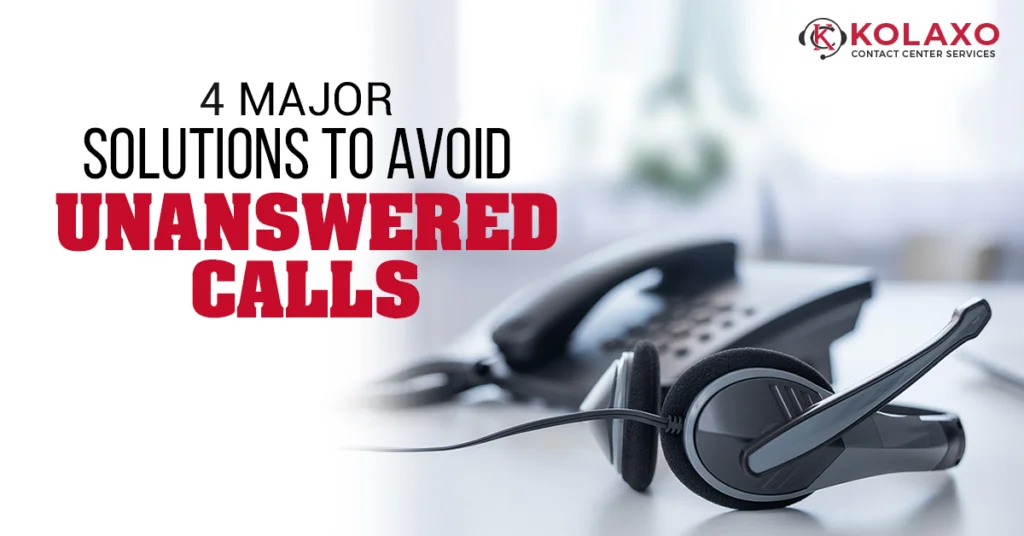Customer overflow can be an overwhelming experience for any business. To prevent customers from seeing multiple busy signals and hanging up, a call overflow solution can redirect calls to available staff and help retain customers.
Putting up a phone number is an inexpensive way to advertise a business. A study by Google found that 45% of local mobile searches end in a phone call, meaning they have found a business they want to talk to. It’s even more important for small businesses, which only answer 40% of calls and lose potential customers if the line is busy. The problem is that most callers won’t wait more than a minute for someone to answer, and only 20% will call back after going to voicemail.
To ensure a positive customer experience, local businesses can’t afford to over-staff their front desk. But with unpredictable ebbs and flows in customer calls, it’s hard to predict the right staffing level. Call overflow solutions help you support your phone staff and prepare you for unknown surges in incoming calls. They can delight your existing customers and convert new prospects, all while ensuring you never miss another call.
Call overflow solutions
In many cases, hiring full-time staff to manage excess calls is not economically viable for a business. The problem isn’t only one of insufficient staff—front desk receptionists can be a huge investment, and they can have limited capacity. When they are on leave, there is nobody to answer inbound calls.
In cases where customer demand is high, outsourcing phone support can be a cost-effective option for call overflow.
Here are some call overflow solutions to reduce your rate of missed calls.
1. Hire out a call center:
A call center is a facility operated to provide inbound and outbound phone support to businesses.
Vendors can help you build a phone tree to alert key people in case of emergency. They can also set up call forwarding so that your calls are rerouted to another telephone line if the one you regularly use is unavailable.
The costs of operating a call center will depend largely on:
- Whether you use a single agent or a team of agents
- Location of call center
- You can make your hours of availability fit your schedule by adjusting your time zone.
- If you need your customer service representatives to handle inbound or outbound calls, or both.
2. Virtual Receptionist:
Virtual receptionists provide some of the traditional roles of a front desk receptionist, they work remotely. The task which they mostly do are answer incoming calls, take notes, provide information, forward calls to the right person, and schedule appointments.
When you work with a virtual receptionist, you’re getting a team of people that can connect callers to the service they need. A virtual receptionist service is available at different price range depending the number of minutes or calls you need covered each month.
3. Call Forwarding:
While your business is closed, you can still be available to clients with a simple call-forwarding service. Calls to your landline can be forwarded to your cell phone, enabling you to take business calls while you're on vacation. Although call forwarding can be a cost-effective way to answer more calls, it wouldn't be the best solution for you if you receive too many calls.
4. Auto Attendant:
Customer service representatives at some companies transfer callers to another department or obtain information from the caller and handle transactions. An automated answering system can be helpful if there is high call volume at the company.
An auto attendant, often called a switchboard, auto attendants enable callers to reach specific team members at certain times of the day. Missed calls can result in lost business, no matter how busy you are or what time of day, it’s important to have an overflow call solution that can be called upon when you need it.
